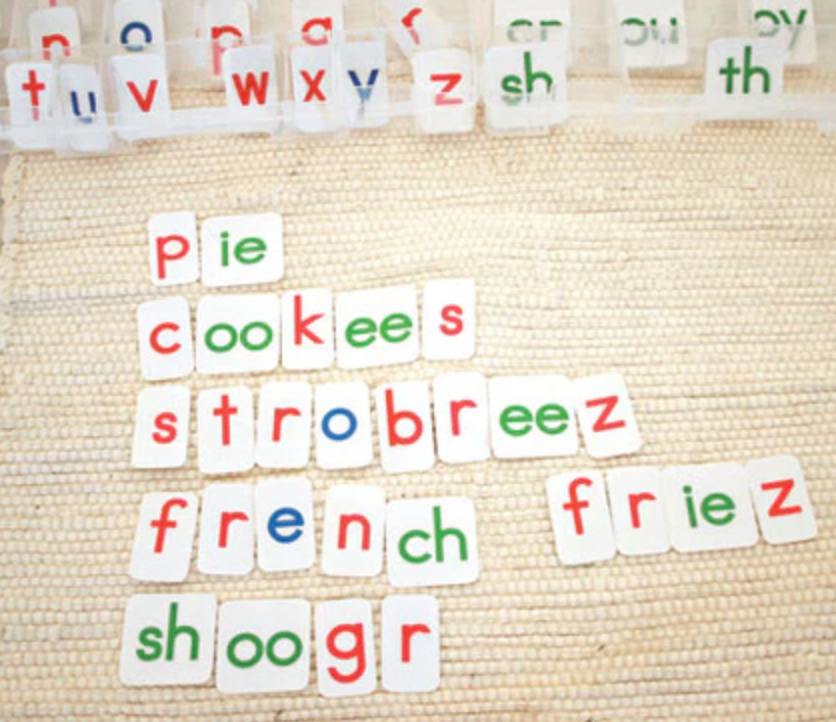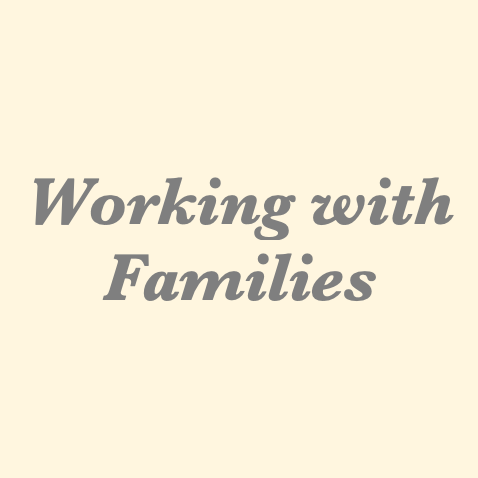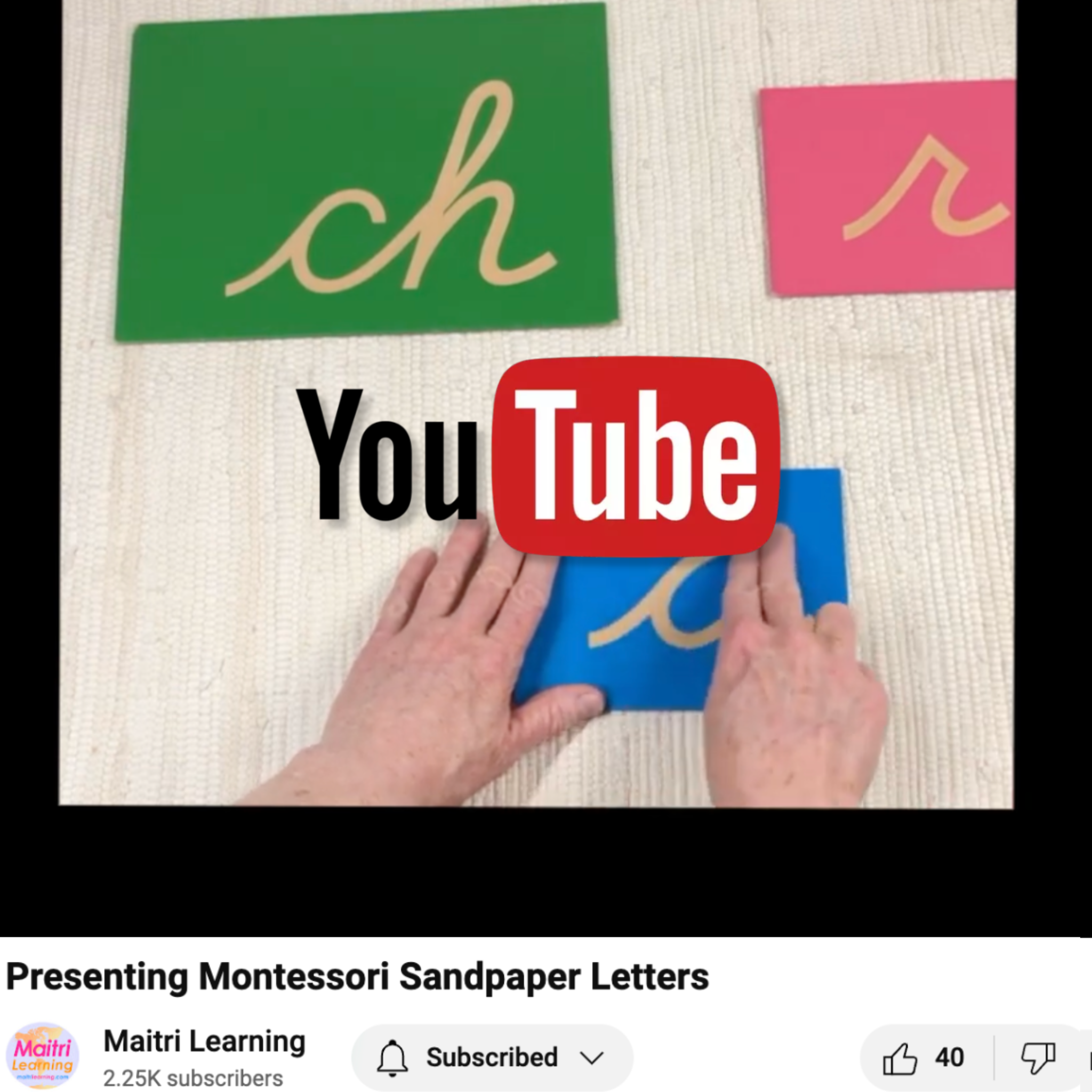Avoiding the School-Wide Trouble Zones

The Trouble Zones
If you've ever worked in a public school you know that the main places where trouble arises are the:
- Bathrooms
- Cafeteria
- Hallways
- Playground
So, of course, we as Montessori's know we have to focus our presentations at the beginning of the year on teaching the children how to be in those places. But then why do we still have so much trouble? Well, ask yourself, who is actually staffing those areas? If we really want to be successful as a school community, we need to invest in working with all of the adult staff, especially those we rely on to support the trouble zones.
As a school, we need all the adults to be walking, talking examples of gracious, wise, calm, intellectually-curious, and light-hearted behavior. But so often, we do not prepare the adult for this role. Before we expect a child to be able to do something, we give them a presentation, allow them to practice, re-present as necessary, and allow more practice until they've got it. This same approach works with adults: it is the practice that is essential.
Preparing the Adult
So, plan a few days before school begins to do PD with the teaching teams. You're goal is kind of like finishing school; we want all the adults to use the same graceful movements and gracious language as they go about their work at school. First, talk together to identify (1) the grace and courtesy lessons everyone needs to have and be able to give/support and (2) the preliminary exercises everyone needs to know (e.g., how to get just the right amount of soap, how to use the bathroom sink, how to open and close the bathroom stalls, etc.). When thinking about grace & courtesy, decide as a group what the desired end behavior/language is (e.g., "I love this work too. You can observe me if you like but you must be very quiet and still." "I"m so sorry to interrupt you, but I can't seem to turn the faucet off.") Then, divide into teaching teams and have each team prepare and practice one model presentation. Finally, come back together as a group and have everyone give their perfect presentation to the group... and give the group a chance to practice it.
Similarly, all of the adults need to be prepared to support vocabulary development via spoken language lessons (see my blog post on that for more info). I wrote an article a while ago on Preparing the Adult Environment that you might also find helpful in this regard.
Michelle has a whole summer of professional development ahead, including work with the National Center for Montessori in the Public Sector, but somehow her contagious optimism is eager to add all of this into the mix. You go Michelle! I'm so curious to check back in in the fall and see how it all unfolds. To be continued...








Leave a comment
This site is protected by hCaptcha and the hCaptcha Privacy Policy and Terms of Service apply.